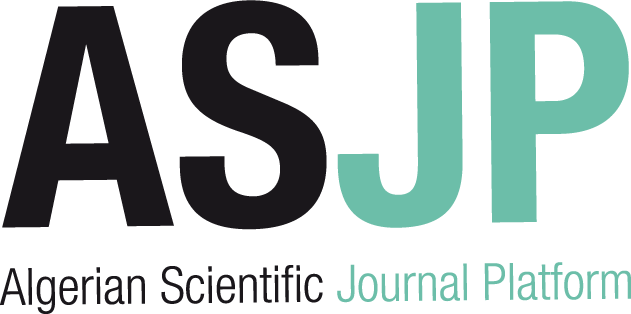[article]
| Titre : |
Nonlinear analysis of composite beams with partial interaction in steel frame structures at elevated temperature |
| Type de document : |
texte imprimé |
| Auteurs : |
Amin Heidarpour, Auteur ; Mark Andrew Bradford, Auteur |
| Année de publication : |
2011 |
| Article en page(s) : |
pp. 968-977 |
| Note générale : |
Génie Civil |
| Langues : |
Anglais (eng) |
| Mots-clés : |
Composite beam Elasticity Elevated temperature Nonlinearity Partial interaction |
| Index. décimale : |
624 Constructions du génie civil et du bâtiment. Infrastructures. Ouvrages en terres. Fondations. Tunnels. Ponts et charpentes |
| Résumé : |
Flooring systems containing steel-concrete composite beams are common in steel frame structures and it is widely recognized that their behavior under fire loading is profoundly different to that of simply supported composite beams under fire loading. This difference in behavior is due to the presence of restraints provided by cooler members in a compartment fire in a composite frame structure and there is extensive evidence from fire tests that composite beams with unprotected steel components in steel frames perform much better than simply supported composite beams with unprotected steel components. In order to model the structural response of a composite beam restrained in this way at elevated temperature, recourse is needed to a geometric nonlinear formulation, since the transverse beam deflections are large and interact with the substantial axial compressive force in the member at the early stages of the fire. This paper presents such a formulation, which incorporates partial interaction between the concrete slab and steel component, as well as the degradation of the stiffnesses of the components of the composite beam prior to yield at elevated temperature. The generic technique that is developed is shown to agree with solutions reported elsewhere and provides a structural model for the response of a composite beam in fire with the potential for inclusion in prescriptive code rules for rational fire engineering based designs.
|
| DEWEY : |
624.17 |
| ISSN : |
0733-9445 |
| En ligne : |
http://ascelibrary.org/sto/resource/1/jsendh/v136/i8/p968_s1?isAuthorized=no |
in Journal of structural engineering > Vol. 136 N° 8 (Août 2010) . - pp. 968-977
[article] Nonlinear analysis of composite beams with partial interaction in steel frame structures at elevated temperature [texte imprimé] / Amin Heidarpour, Auteur ; Mark Andrew Bradford, Auteur . - 2011 . - pp. 968-977. Génie Civil Langues : Anglais ( eng) in Journal of structural engineering > Vol. 136 N° 8 (Août 2010) . - pp. 968-977
| Mots-clés : |
Composite beam Elasticity Elevated temperature Nonlinearity Partial interaction |
| Index. décimale : |
624 Constructions du génie civil et du bâtiment. Infrastructures. Ouvrages en terres. Fondations. Tunnels. Ponts et charpentes |
| Résumé : |
Flooring systems containing steel-concrete composite beams are common in steel frame structures and it is widely recognized that their behavior under fire loading is profoundly different to that of simply supported composite beams under fire loading. This difference in behavior is due to the presence of restraints provided by cooler members in a compartment fire in a composite frame structure and there is extensive evidence from fire tests that composite beams with unprotected steel components in steel frames perform much better than simply supported composite beams with unprotected steel components. In order to model the structural response of a composite beam restrained in this way at elevated temperature, recourse is needed to a geometric nonlinear formulation, since the transverse beam deflections are large and interact with the substantial axial compressive force in the member at the early stages of the fire. This paper presents such a formulation, which incorporates partial interaction between the concrete slab and steel component, as well as the degradation of the stiffnesses of the components of the composite beam prior to yield at elevated temperature. The generic technique that is developed is shown to agree with solutions reported elsewhere and provides a structural model for the response of a composite beam in fire with the potential for inclusion in prescriptive code rules for rational fire engineering based designs.
|
| DEWEY : |
624.17 |
| ISSN : |
0733-9445 |
| En ligne : |
http://ascelibrary.org/sto/resource/1/jsendh/v136/i8/p968_s1?isAuthorized=no |
|


 Ajouter le résultat dans votre panier Faire une suggestion Affiner la recherche
Ajouter le résultat dans votre panier Faire une suggestion Affiner la rechercheNonlinear analysis of composite beams with partial interaction in steel frame structures at elevated temperature / Amin Heidarpour in Journal of structural engineering, Vol. 136 N° 8 (Août 2010)











